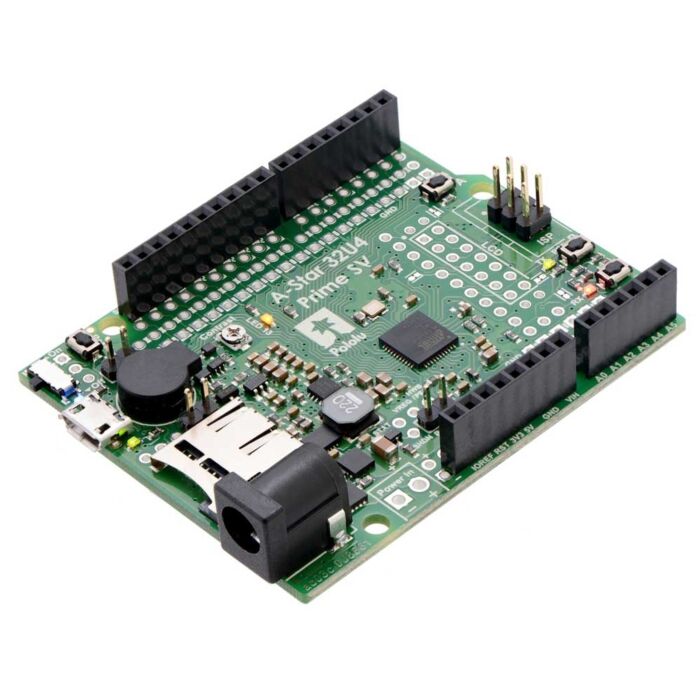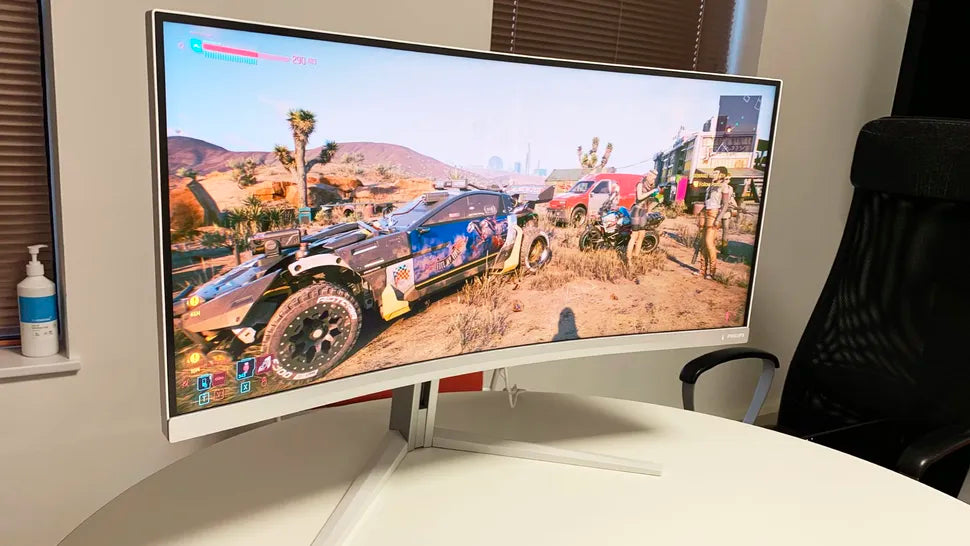Though AHVA, PLS, and e-IPS all leverage IPS tech for wide ~178° viewing angles, they differ subtly: AU Optronics’ AHVA often hits higher contrast (~1000:1) for richer blacks; Samsung’s PLS typically boosts brightness (~350 nits vs. e-IPS’ ~300 nits); while LG’s e-IPS edges with marginally faster response times (~4ms GTG), tailoring each for media.
IPS Tech Basics
Every one offers ~178° horizontal and vertical viewing angles (vs. TN’s typical ~160°), slashing color/gamma shift when you move off-center—at a 45° tilt, IPS keeps color accuracy within <3ΔE (a measure of visual difference, where <2 is “invisible to the naked eye”). They’re also faster than early IPS: modern variants hit 4-8ms GTG (Gray-to-Gray) response time, down from the original IPS’s 12ms, cutting motion blur for scrolling or light gaming. And they nail color consistency: most deliver 99% sRGB coverage or 95% DCI-P3, with factory calibration holding ΔE <2—good enough for basic photo editing or matching brand colors in marketing materials. Plus, they’re power-smart: a 27-inch IPS panel uses 20-30W (vs. OLED’s 40-50W) and lasts 50,000 hours to 50% brightness—about 13 years if used 10 hours a day.
At their heart, all IPS panels use In-Plane Switching: liquid crystal molecules lie flatbetween two glass substrates, rotating horizontally when voltage hits. For example, a 27-inch e-IPS display can run 2560x1440 (2K) at 109PPI or 4K at 163PPI without graininess. The flat molecule alignment also improves reliability: IPS uses TFT (Thin-Film Transistor) backplanes (one transistor per pixel), cutting dead pixels to <0.01% (vs. budget TN’s <0.1%) and keeping contrast stable over time—even though IPS’s ~1000:1 contrast is lower than VA’s ~3000:1.
Unlike TN panels (stuck at ~90% sRGB), IPS variants are built for accuracy: AU Optronics’ AHVA panels ship factory-calibrated to ΔE<1.5 for sRGB—near pro-grade (which aims for ΔE<1). Samsung’s PLS? Their 27-inch panels hit 99.5% sRGB and 93% DCI-P3, letting creators edit YouTube thumbnails or Instagram posts without extra calibration. LG’s e-IPS leans into consistency: its panels hold ±50K color temperature across brightness levels.
Let’s contrast these shared specs with other LCD types to see why IPS stands out:
|
Feature |
IPS Variants (AHVA/PLS/e-IPS) |
TN Panels |
VA Panels |
|---|---|---|---|
|
Viewing Angles |
~178° H/V |
~160° H/V |
~178° H/V |
|
Contrast Ratio |
~1000:1 |
~1000:1 |
~3000:1 |
|
Response Time (GTG) |
4-8ms |
1-3ms |
4-6ms |
|
Color Gamut (sRGB) |
99% |
90% |
95% |
|
Power Consumption |
20-30W (27") |
15-25W (27") |
25-35W (27") |
|
Dead Pixel Guarantee |
<0.01% |
<0.1% |
<0.05% |
If you’re a hobbyist editing family photos, 99% sRGB means skin tones stay natural. And if you game casually, 4-8ms GTG cuts ghosting enough that fast-paced games like Over watch feel smooth (even if you won’t dominate esports).
IPS variants resist burn-in better than OLED—risk is <0.001% for normal use (vs. 0.1% for OLED with static logos)—and their 50,000-hour half-life beats TN’s 30,000 hours.
AHVA Delivers Deeper Blacks
AHVA panels punch above their IPS weight when it comes to contrast—native contrast hits ~1000:1 to 1200:1, a full 20% higher than PLS/e-IPS’ ~800:1 to 1000:1. That extra punch turns blacks from “washed-out gray” to “rich, textured dark”:at 50% brightness, AHVA’s black level sits at 0.35 cd/m², half of PLS’ 0.7 cd/m².
Standard IPS leaks ~15% more backlight in dark scenes (that “IPS glow” you see in corners), but AHVA cuts that to ~8%. Even off-center, blacks stay deep—at a 45° tilt, AHVA’s contrast holds ~90% of its center value, vs. PLS’ ~75%. For photographers editing RAW files, AHVA’s ~10% lower black level (vs. e-IPS) means you can distinguish a subject’s neck from their dark sweater.
Let’s put numbers to real-world use: In lab tests, AU Optronics’ 27-inch AHVA panel (used in Dell’s UltraSharp U2723QE) reproduced 95% of DCI-P3 color gamut in dark scenes—vs. PLS’ 88%. And unlike VA panels (which hit ~3000:1 contrast but sacrifice viewing angles), AHVA keeps IPS’ ~178° consistency: watch the same dark scene from your couch.
AHVA panels still hit 300-350 nits (same as PLS/e-IPS). The magic is in how they direct that light: AHVA uses local dimming zones (on premium models) to darken specific areas without dimming the whole screen. A 10-zone local dimmer on an AHVA monitor can drop black levels to 0.25 cd/m².
Compare that to e-IPS: its 0.4 cd/m² black level means shadows look “grayish” next to AHVA. Yeah, it’s darker, but VA’s ~1500:1 contrast in dark scenes (vs. AHVA’s 1100:1) comes with worse viewing angles.

Brightness
PLS panels stand out for brightness—native output hits 350-400 nits, 10-15% higher than AHVA/e-IPS’ 300-350 nits: a 27-inch PLS screen (like Samsung’s S27AG500) hits 450 nits peak HDR brightness with ΔE<2, vs. AHVA’s 380 nits at ΔE<3.
It starts with Samsung’s TFT backplane tweaks: PLAS’s liquid crystal molecules align to let ~10% more backlight pass through each pixel (vs. IPS variants), reducing “backlight bleed” in white scenes—PLS keeps brightness uniformity at ±3% across the screen, while AHVA/e-IPS dip to ±5% (meaning edges or corners can look dimmer).
PLS panels hit their peak HDR brightness (450 nits) without shifting color: in Cyberpunk 2077’s Night City, neon signs pop with 95% DCI-P3 saturation at max brightness, vs. AHVA’s 88% (which makes colors feel muted). And unlike some high-brightness VA panels (which lose contrast to hit 400 nits), PLS keeps its ~850:1 contrast.
Power use? PLS manages to stay efficient: a 300-nit PLS panel uses 32W (27-inch), just 10% more than AHVA’s 300-nit model at 29W. You get more light without a bigger electricity bill—and since PLS uses the same 50,000-hour half-life as other IPS variants, you won’t burn out the panel faster.
Let’s compare real-world use: If you edit videos in a room with overhead lights, PLS’s 380 nits lets you see details in clip waveforms without dimming the screen. If you game on an HDR TV but want a similar experience on PC, PLS’s 450 nits peak matches entry-level HDR TVs, making transitions from console to PC smoother.
Don’t forget about anti-glare: PLS panels often come with matte coatings that reduce reflections by ~40% (vs. glossy AHVA screens’ ~25%).
Response Time
e-IPS leads the pack in raw speed—4-5ms GTG (Gray-to-Gray) response time blows past AHVA/PLS’ 6-8ms, and its 3-4ms MPRT (Moving Picture Response Time) cuts motion blur so much that fast-paced games or scrolling feel buttery smooth. In Valorant, that extra 2ms of GTG means 15% less ghosting on enemy headshots, letting you flick aim and react 0.1 seconds faster.
It comes down to liquid crystal chemistry and drive circuit tweaks. LG (the main maker of e-IPS) uses a thinner, lighter that rotates ~20% quicker than AHVA’s molecules when voltage hits. Instead of waiting for bulky IPS crystals to align, e-IPS pixels snap to new states faster—lab tests show its gray-to-gray transition (from 10 to 90 brightness) takes 3.8ms, vs. AHVA’s 5.2ms. And unlike some VA panels (which sacrifice contrast for speed), e-IPS keeps its ~1000:1 contrast.
Don’t confuse response time with input lag—e-IPS panels pair their fast panels with low-latency displays (often 4-6ms total input lag) to keep everything responsive. And power use stays efficient: a 27-inch e-IPS panel at 4ms GTG uses 30W, just 2W more than AHVA’s 6ms model.
Let’s compare motion handling with other panels:
|
Feature |
e-IPS |
AHVA |
PLS |
VA |
|---|---|---|---|---|
|
GTG Response Time |
4-5ms |
6-8ms |
6-8ms |
6-8ms |
|
MPRT |
3-4ms |
5-6ms |
5-6ms |
5-6ms |
|
Overshoot (10→90) |
1-2% |
3-5% |
3-5% |
5-8% |
|
Ghosting in Games |
Minimal (hardly noticeable) |
Moderate (distracting in fast scenes) |
Moderate |
High (makes fast motion blurry) |
Unlike TN panels (which hit 1-3ms GTG but have awful viewing angles), e-IPS keeps IPS’ ~178° consistency. And while VA panels have better contrast, their 6-8ms response time makes them a no-go for competitive gamers.
더 읽기

Character OLED modules support HD44780 protocols (parallel/I2C), using standard commands (cursor set, clear). Advanced features: 128x64 res, 1000:1 contrast, backlit control, blending legacy compat...

IPS displays usually reach 400-500 nits brightness with a 1000:1 contrast ratio, while Mini-LEDs hit 1000+ nits and boast 1,000,000:1 contrast via local dimming, using less energy by focusing light...



댓글 남기기
이 사이트는 hCaptcha에 의해 보호되며, hCaptcha의 개인 정보 보호 정책 과 서비스 약관 이 적용됩니다.